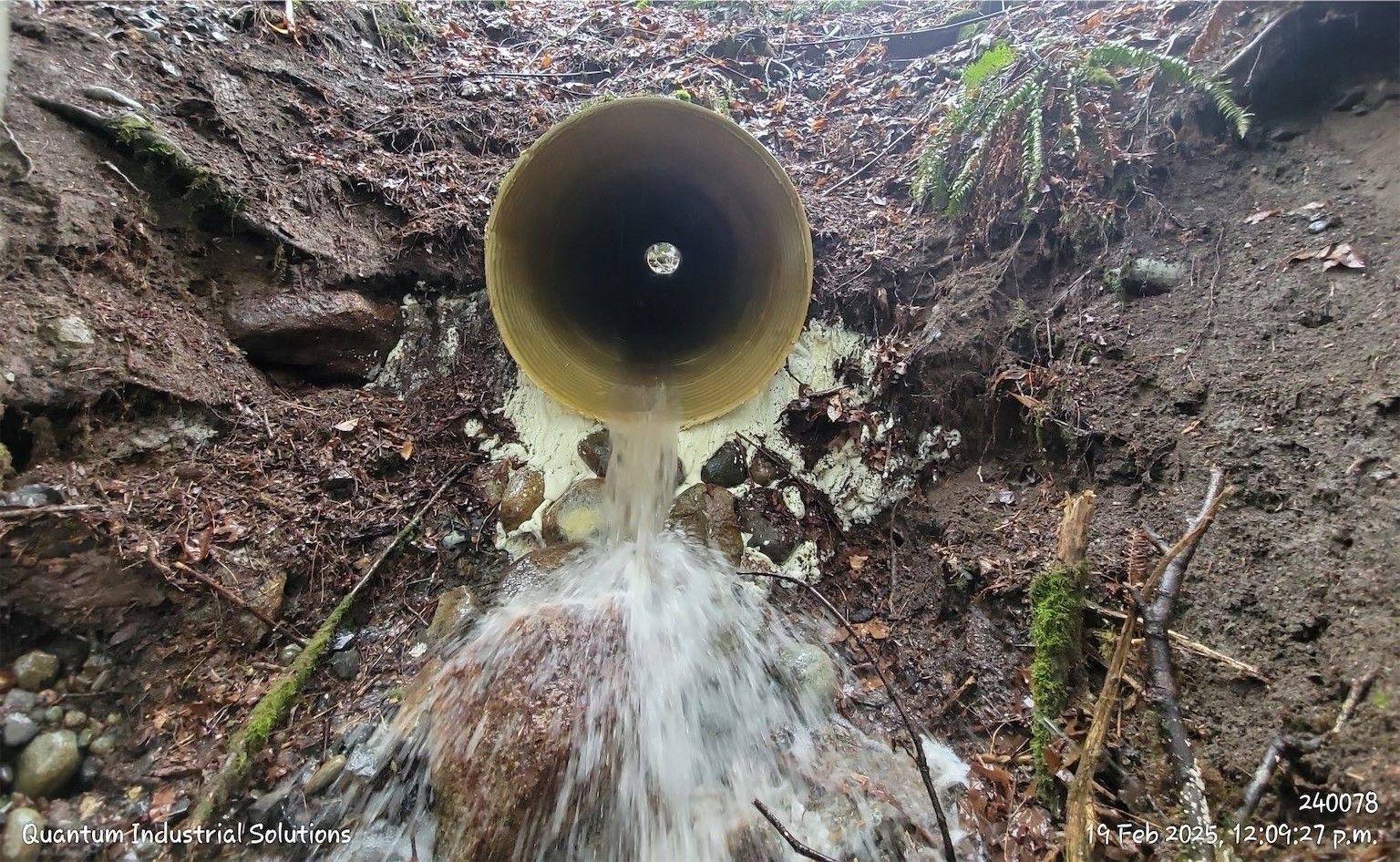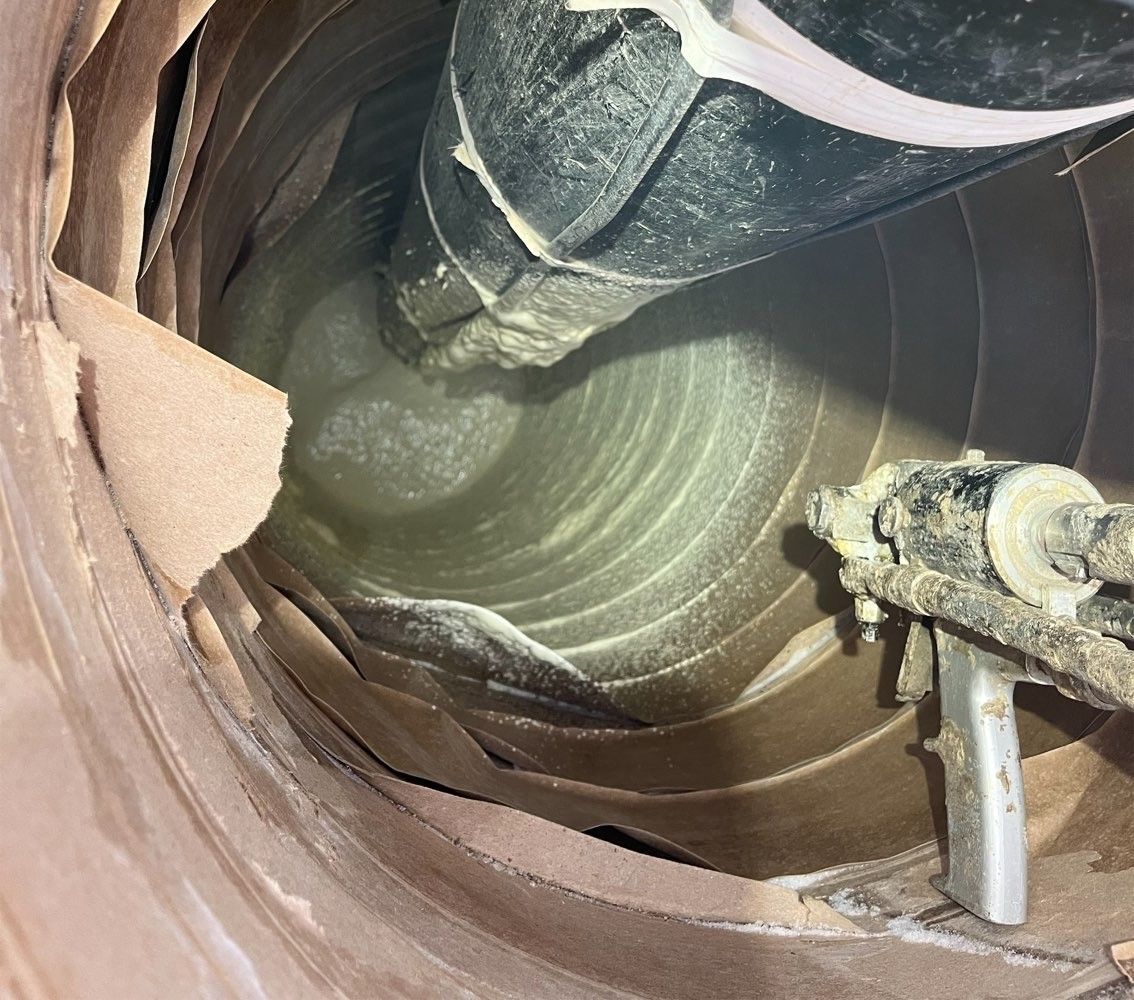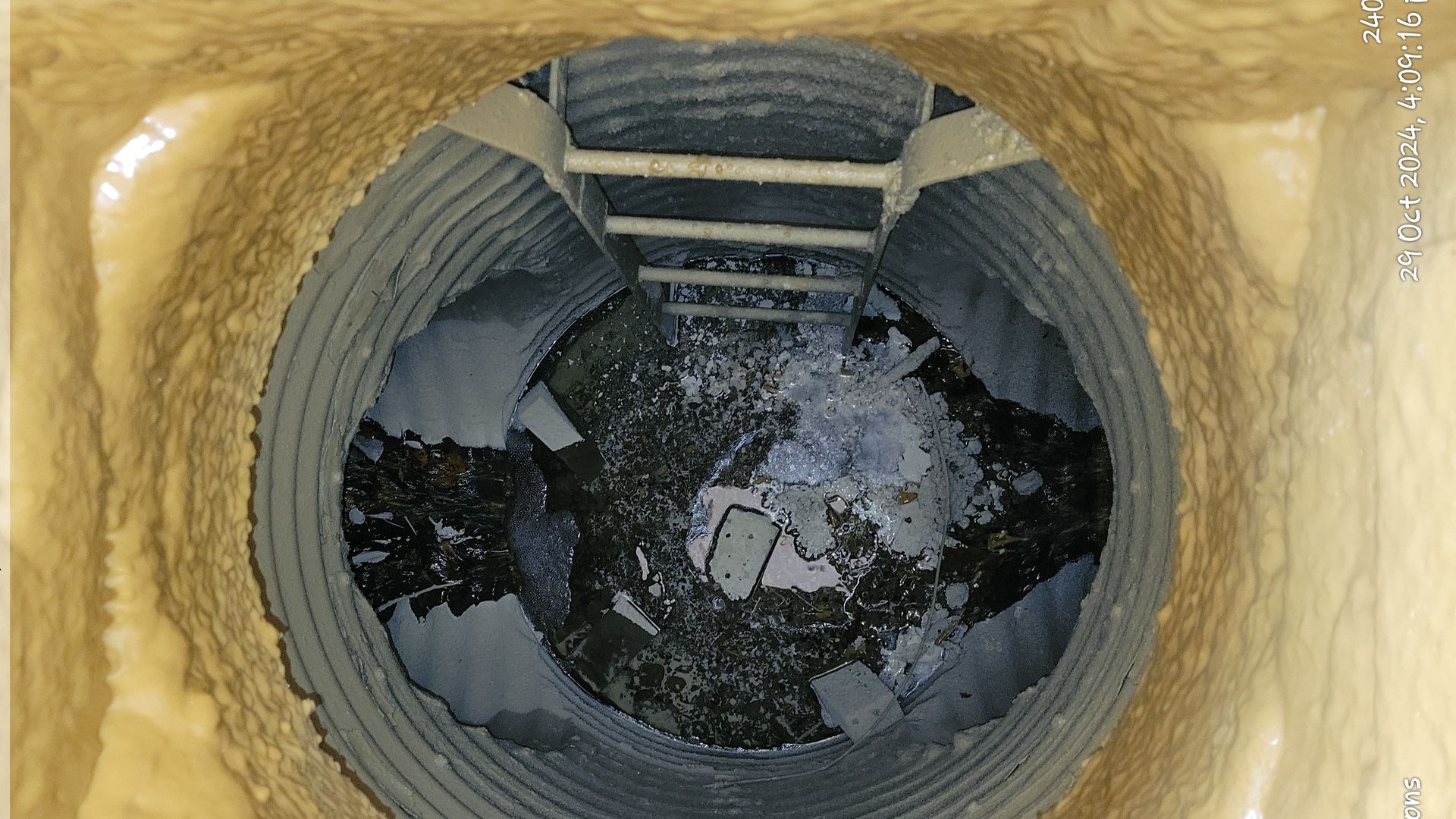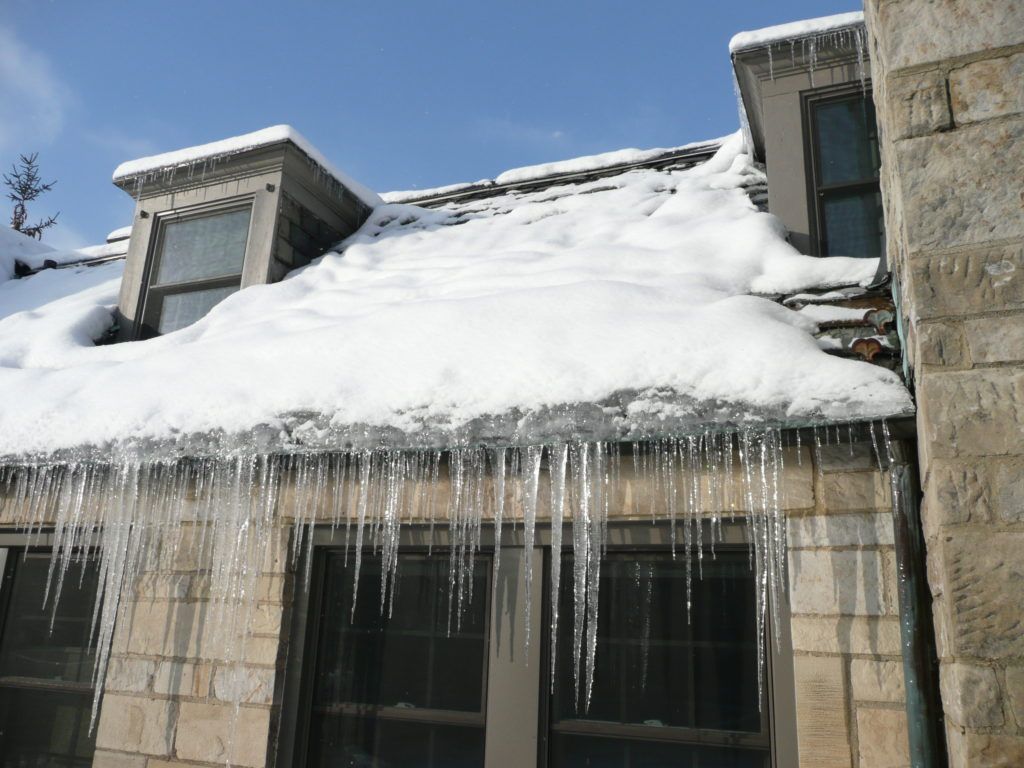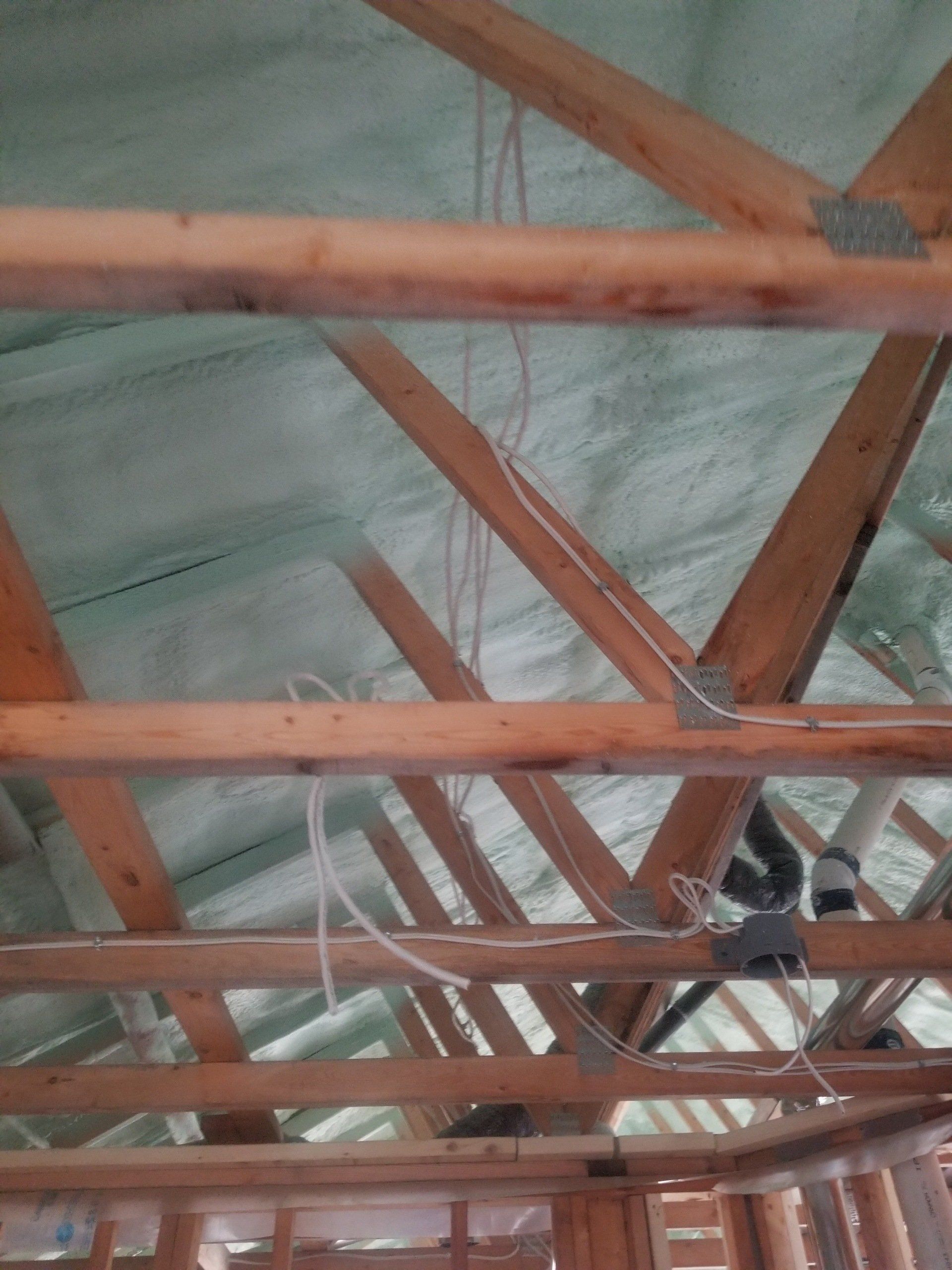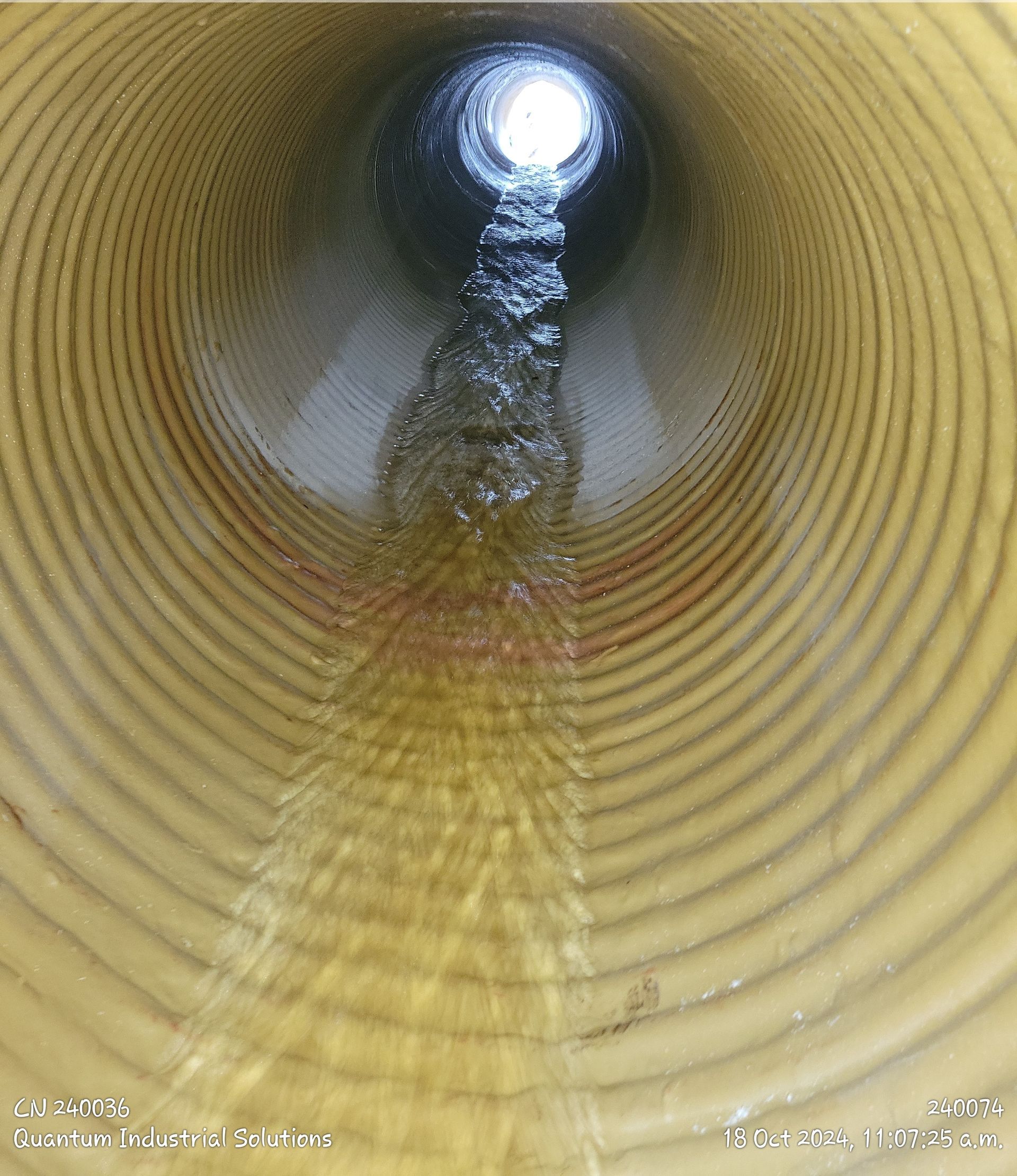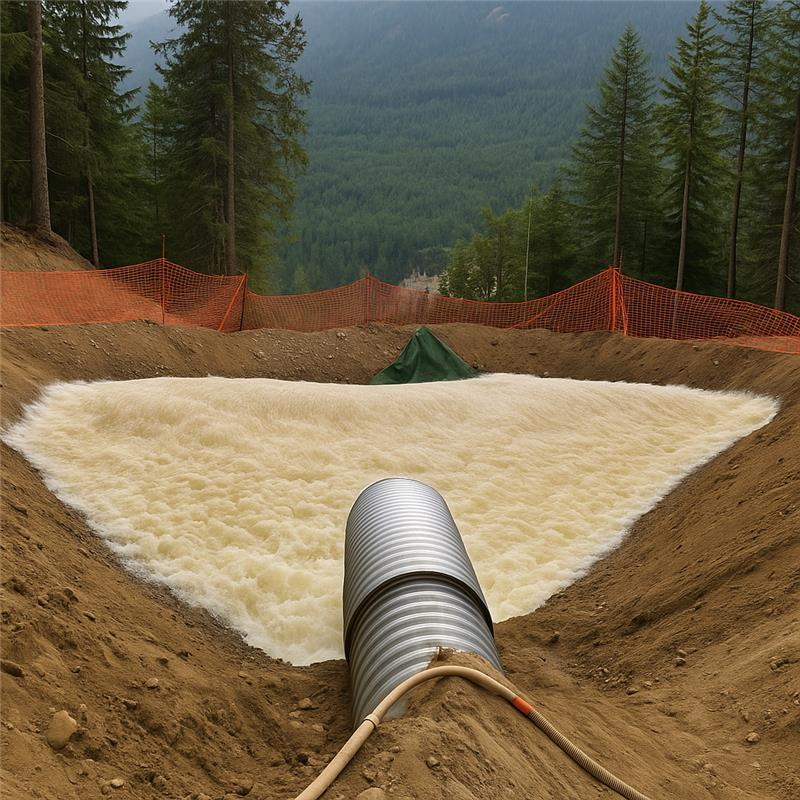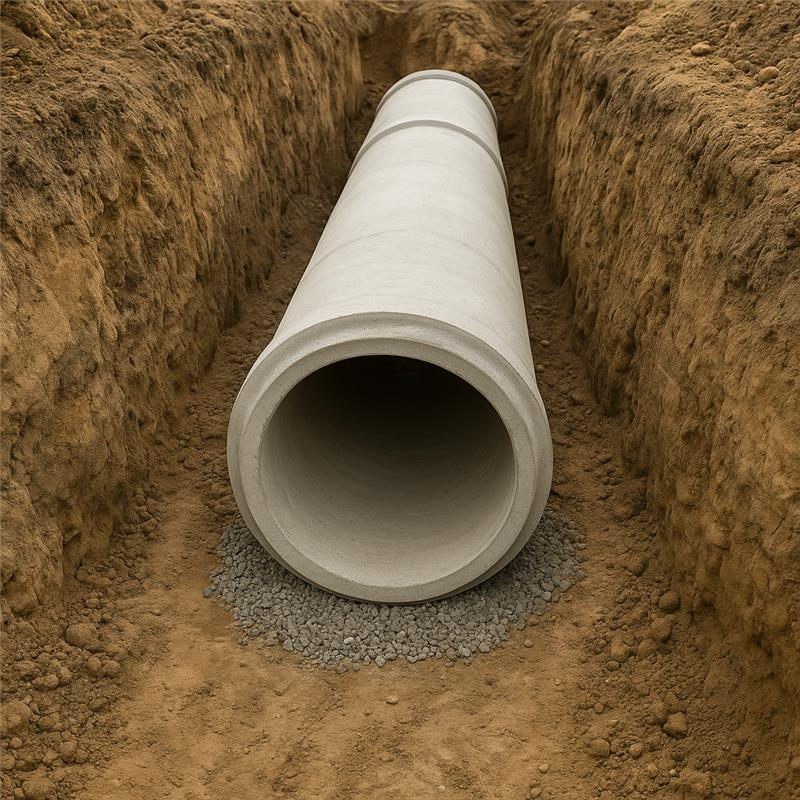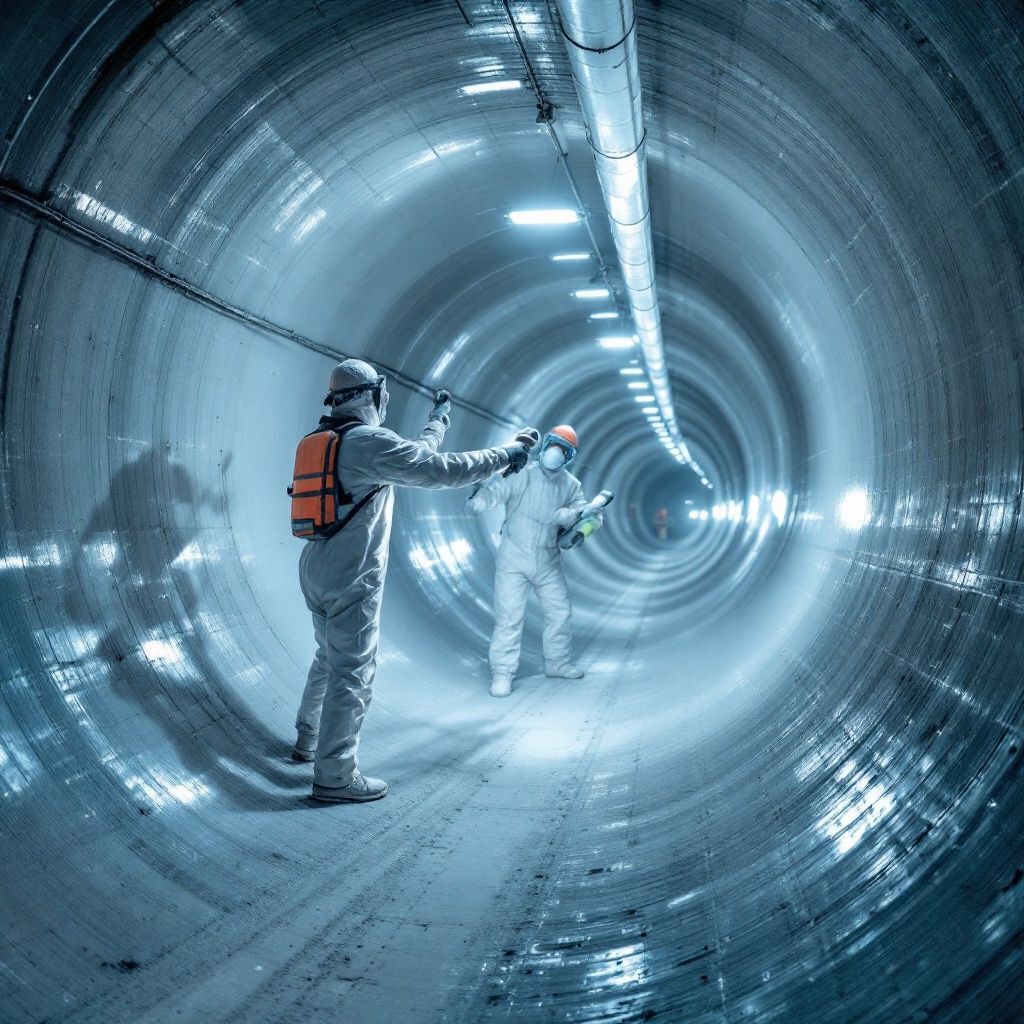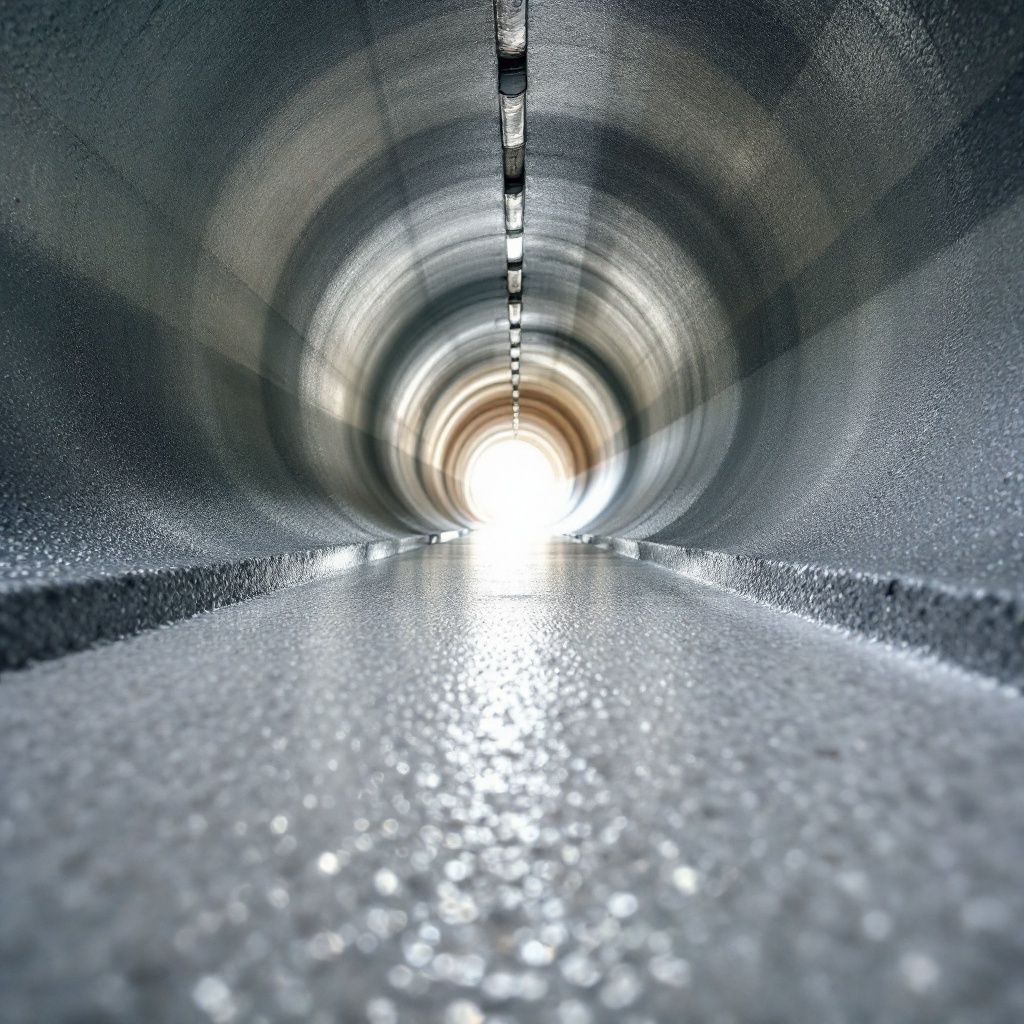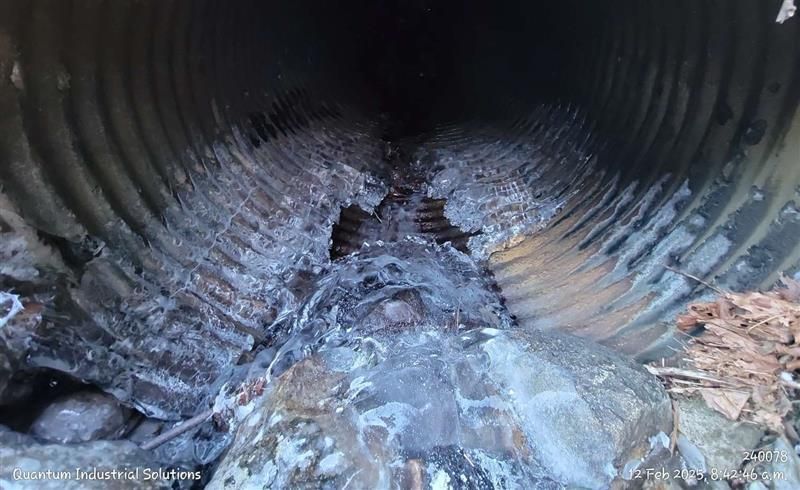HOW TO KEEP THE HEAT IN THIS WINTER
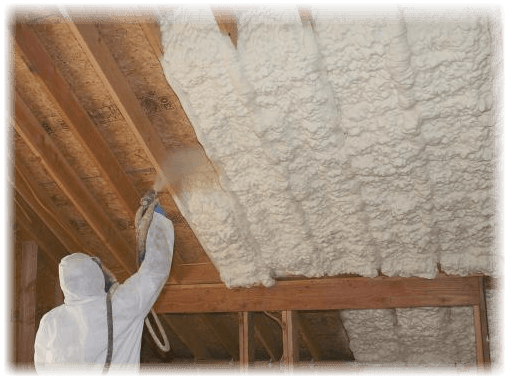
What we look for – Air Leaks
- Around the plumbing stack and any other pipes. For plastic plumbing stacks that move up and down due to thermal expansion
- Around wires or ceiling light fixtures that penetrate the attic floor and partition and exterior wall top plates.
- Around ducting that enters the attic from inside the house. Seal duct joints with aluminum duct tape or paint or mastic. Seal the gaps where ducts penetrate the ceiling. The ducts should stay below the insulation or should be wrapped with insulation and be protected from being crushed. Exhaust fans should always discharge to the outside but not directly below the eave vents.
- At the junction of the ceiling and interior wall partitions.
- At the top of interior and exterior walls, we check to see if all wall cavities are blocked from the attic (usually by a top plate).
- Around attic hatches.
- Around the chimney. Building codes require that air spaces between chimneys and floor or ceiling assemblies through which they pass be sealed with a non-combustible fire stop.
- Along the edge of shared walls. There is often a gap between the party wall (i.e. the shared wall between units in duplexes, triplexes and row houses) and the edge of the attic floor.
What we do – Concentrate on air sealing
It is a good idea to paint the room side of the ceiling with two coats of oil-based paint or apply a single coat of latex vapour barrier paint to inhibit vapour movement. This can be done by a qualified Quantum installer, or the hoe owner. Ordinary latex paint is not a suitable vapour barrier.
Install polyethylene over top of the joists
If the attic is relatively unobstructed with chimneys, plumbing stacks or structural members, consider installing polyethylene directly over the ceiling joists. This method involves the least number of seams and requires less caulking and stapling than other methods. It also leaves existing insulation in place. However, seal all obvious air leakage paths before laying down the polyethylene.
To avoid trapping moisture between the plastic and the ceiling, which might lead to possible wood rot or other moisture-related problems, install a minimum of twice the insulating value over top of the air vapour barrier (i.e. applying the one-third, two-thirds rule). For example, if the joist height is 89 mm (3 1/2 in.) and contains RSI 2.1 (R-12), install at least RSI 4.2 (R-24) over top of the polyethylene. We personally recommend addning no less than R50 total to the building to ensure it can withstand the great heat/cooling cycles we experience here in Northern BC.
The main difficulty with this technique involves sealing the barrier to the wall top plate, especially at the eaves where there is little room to manoeuvre. This area must be well sealed. Spray foam or rigid board insulation can help bridge the gap in this area. Cut rigid board to fit between the ceiling joists and to extend from the exterior wall top plate toward the attic. A second piece of rigid insulation, installed vertically, joins the polyethylene to the horizontal rigid board. Carefully caulk any joints or seams between materials. Expanding two-part spray foam kits (or the service of a spray foam company) are also very good for sealing areas around joists and boards.
Install polyethylene between the joists
Where obstructions, such as a truss roof, make the previous method too difficult, install a polyethylene air barrier or low-permeable foam insulation board between the joists. However, note that this is a lengthy and painstaking process.
Remove existing insulation from the area you are working on and set it to one side. Cut foam boards to fit snugly between the trusses. Caulk all edges, gaps and joints. Obstructions, such as electrical wires, will require cuts in the barrier; seal these carefully to make the barrier continuous. Another option is to cut the polyethylene strips about 200 mm (8 in.) wider than the joist spacing. Lay a bead of caulking on the side of the joists along their length and install the polyethylene using staples, installed through the caulk every 75 mm (3 in.)
Spray foam between the joists
This is usually what we reommend due to ccSPF’s amazing air sealing properties. We can install closed-cell foam between the joists to air seal and add insulation at the same time to the ceiling. All existing insulation and dust must be removed first to allow for a good bond. A minimum of 50 mm (2 in.) is needed to ensure a vapour barrier is achieved in the foam; we will top up with other insulation afterwards.
Spray foam under the roof
This approach involves installing closed-cell spray foam directly under the roof surface, right down to the junction of the ceiling and exterior walls. This eliminates roof venting and creates what is called a hot roof, where the attic space becomes part of the conditioned (heated and cooled) house space.
For more information or to recieve a free estimate of your buildings health, feel free to contact us at Quantum at 236-423-0080
